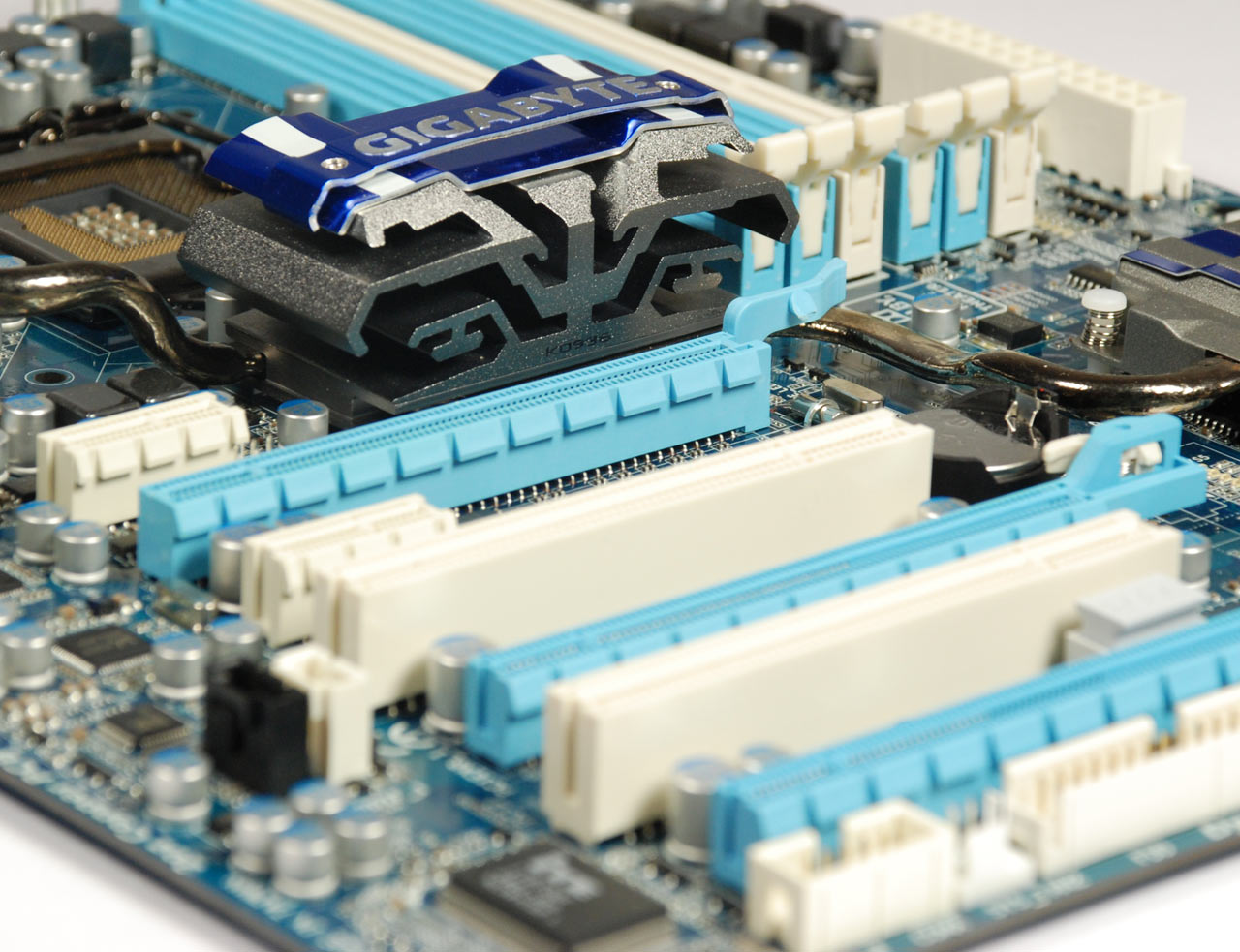USB 3.0, SATA 6Gb/s, Motherboards, And Overcoming Bottlenecks
Soon, 4.8 Gb/s USB 3.0 and 6 Gb/s SATA will be hitting the mainstream. But be careful when you buy your next mainstream motherboard; some don't handle these technologies very well. We compare three implementations and recommend best practice solutions.
Why PCI Express 2.0 Matters
This happens every few years when bottlenecks start impeding performance, but 2010 will be crowned by internal and external storage device bandwidth leaping forward to the point where we're, yet again, constrained by the speed of media and not a physical interface. SATA 3.0, running at 6 Gb/s, promises faster connectivity to the latest solid state drives and mechanical disks. Outside of the PC, we’ll be seeing more and more USB 3.0-based solutions able to move data at the storage devices’ maximum speed (as you likely already know, USB 2.0 holds back the storage performance of many devices in a big way). Existing bottlenecks will be gone—hopefully.
USB 3.0 and SATA 6Gb/s Hardware
Add-in controllers enabling USB 3.0 and SATA 3.0 have been available for several months, and are now hitting the mainstream (in fact, AMD recently added 6 Gb/s SATA support to its SB850 southbridge). NEC was first to release a full-blown USB 3.0 controller (µPD720200). Cross-compatibility with USB 2.0 is something users take for granted, and we haven’t seen any USB 3.0 hardware that wouldn't work on prior-gen hardware. GDA and VIA offer USB 3.0 hub controllers, and more designs will certainly be following.
The situation is similar with SATA 3.0. Marvell’s 88SE9123 is the dominant add-in component as the storage industry focuses on transitioning from 3 to 6 Gb/s in 2010. However, not all platforms are able to give these higher-throughput subsystems the bandwidth needed to run unconstrained.
PCI Express Bandwidth Issues
The bandwidth issue is a product of chipsets with too little peripheral connectivity and motherboard vendors pressured to include copious value-added functionality. As long as USB 3.0 and SATA 6Gb/s aren’t built into Intel's and AMD's core logic, those controllers remain add-on devices that require an interface with ample throughput. The interface of choice, naturally, is typically PCI Express, which currently spans two generations of technology. PCI Express 2.0 offers 500 MB/s throughput per lane, while PCI Express 1.x is limited to 250 MB/s. Clearly, a single-lane link cannot saturate the 6 Gb/s peak bandwidth of SATA 3.0 or 4.8 Gb/s ceiling specified for USB 3.0. Rated at up to 500 MB/s, a second-gen PCIe x1 interface is considered adequate.
Second-gen PCI Express is most often used in 16-lane links, giving the latest high-performance GPUs ample bandwidth. As far as we know, every mainstream platform offers at least 16 lanes, whether through the northbridge (AMD 785G, for example) or the processor itself (Intel's Core i3 and Core i5 CPUs). Enthusiast chipsets like AMD's 790FX and Intel's X58 Express offer (at least) twice this amount. Unfortunately, all other PCI Express lanes remain at 250 MB/s. There is an interesting difference, though, in how AMD and Intel handle this connectivity.
Get Tom's Hardware's best news and in-depth reviews, straight to your inbox.
AMD vs. Intel?
For some reason, Intel's mainstream chipsets only support PCI Express 2.0 on the primary links that are used for graphics. This applies to both LGA 775 and LGA 1156 platforms. While Intel claims PCI Express 2.0 support for its LGA 1156 based PCH, it limits throughput to PCI Express 1.1-class performance. This is naturally a problem when we start looking at the latest high-speed motherboard-down controllers.
AMD, on the other hand, upgraded the link speeds on its 700- and 800-series chipsets, which means that current AMD mainstream and enthusiast chipsets don’t create bandwidth bottlenecks for high-speed add-on devices.
We took three P55 motherboards from Gigabyte and MSI that all come with different solutions to offer USB 3.0 and SATA 6Gb/s connectivity. We analyzed SATA performance using Crucial’s new RealSSD-C300 and a Seagate Barracuda XT with support for the third-gen standard and found that not all solutions deliver ample bandwidth.
Current page: Why PCI Express 2.0 Matters
Next Page Bottlenecks And Solutions For USB 3.0 And SATA 6Gb/s